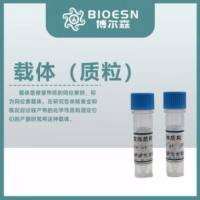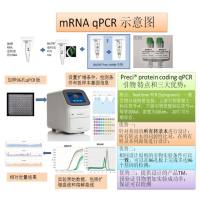Fluorescent Angiogenesis Models Using Gelfoam Implanted in Transgenic Mice Expressing Fluorescent Proteins
互联网
1128
Fidler’s group described an in vivo angiogenesis assay utilizing Gelfoam� sponges impregnated with agarose and proangiogenic factors. Vessels were detected by staining with fluorescent antibodies against CD31. We showed that Gelfoam� implanted in transgenic mice expressing the nestin promoter-driven green fluorescent protein (ND-GFP mice) was rapidly vascularized with ND-GFP-expressing nascent blood vessels. Angiogenesis in the Gelfoam� was quantified by measuring the total length of ND-GFP-expressing nascent blood vessels in a skin flap by in vivo fluorescence microscopy imaging. The ND-GFP-expressing nascent blood vessels formed a network on the surface of the basic fibroblast growth factor (bFGF)-treated Gelfoam� . We then developed a color-coded imaging model that can visualize the interaction between αv integrin linked to green fluorescent protein (GFP) in osteosarcoma cells and blood vessels in Gelfoam� vascularized after implantation in red fluorescent protein (RFP) transgenic nude mice. The implanted Gelfoam� became highly vascularized with RFP-expressing vessels in 14 days. 143B osteosarcoma cells expressing αv integrin-GFP were injected into the Gelfoam� after transplantation of Gelfoam� . After cancer cell injection, cancer cells interacting with blood vessels were observed in the Gelfoam� by color-coded confocal microscopy through the skin flap window. We developed another color-coded Gelfoam� -based imaging model that can visualize the anastomosis between blood vessels. RFP-expressing vessels in vascularized Gelfoam� , previously transplanted into RFP transgenic mice, were re-transplanted into ND-GFP mice. Skin flaps were made and anastomosis between the GFP-expressing nascent blood vessels of ND-GFP transgenic nude mice and RFP blood vessels in the transplanted Gelfoam� could be imaged. Our results demonstrate that the Gelfoam� in vivo angiogenesis model in combination with fluorescent protein labeling of blood vessels is a powerful system for use in the discovery and evaluation of agents influencing vascularization.








